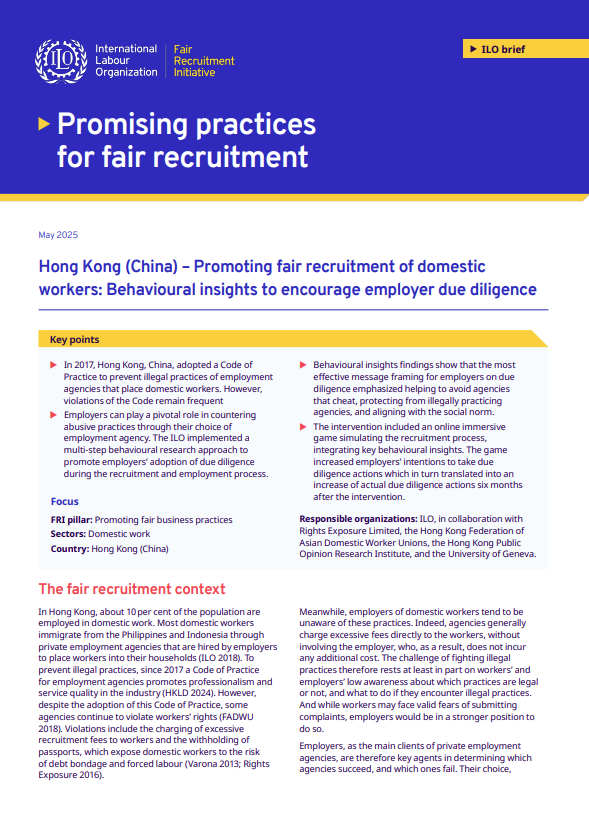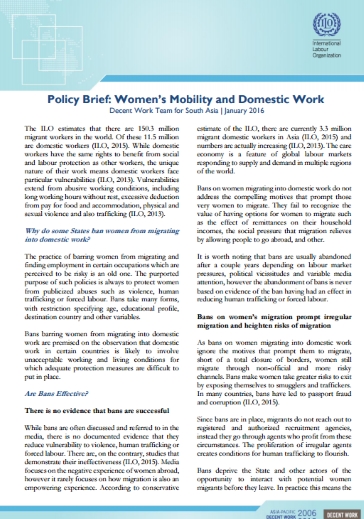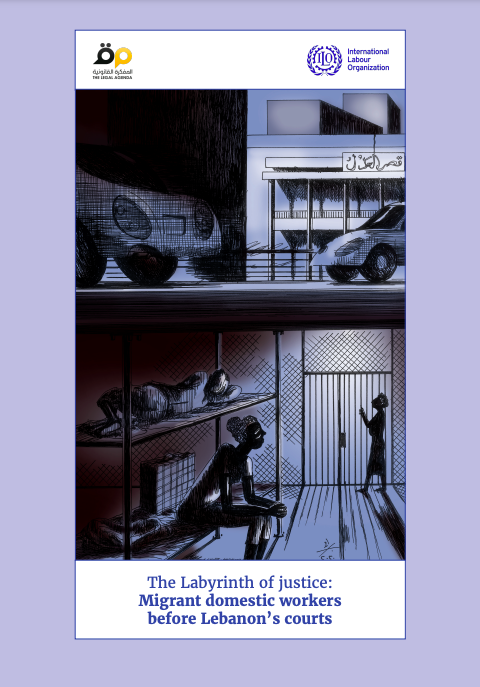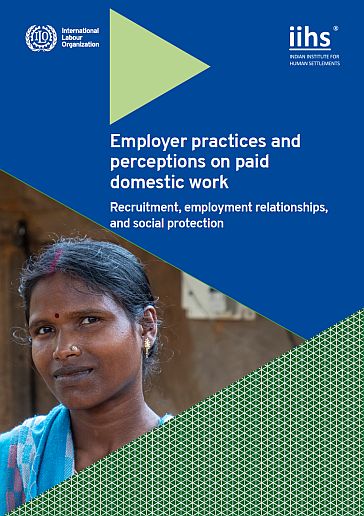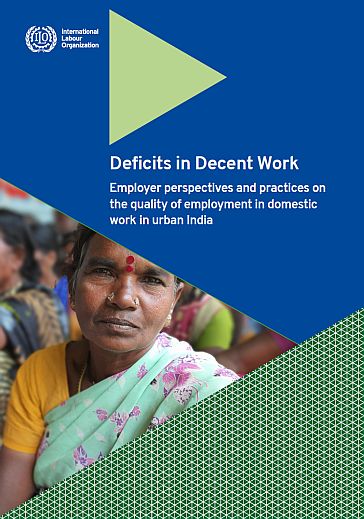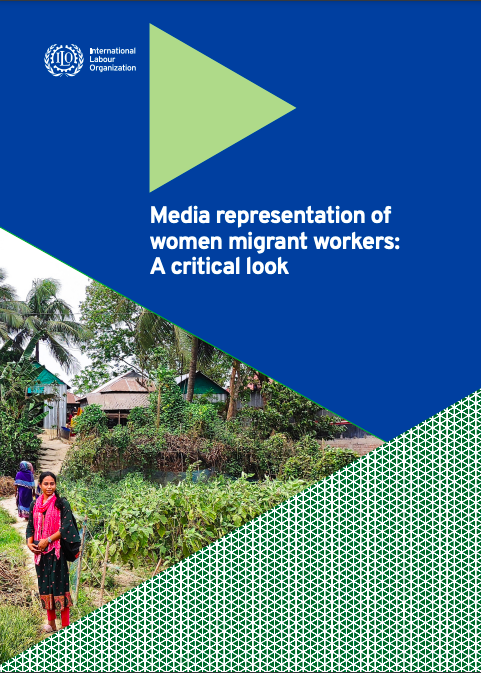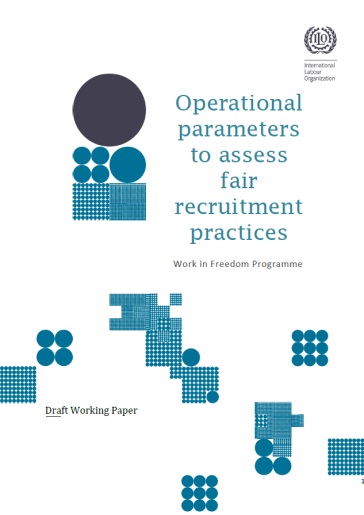Promising practices for fair recruitment in Hong Kong (China): Promoting fair recruitment of domestic workers: Behavioural insights to encourage employer due diligence
This promising practice presents the findings from a behavioural research study conducted as part of the ILO’s FAIR III project, which aims to promote fair recruitment.
In Hong Kong, despite the 2017 Code of Practice for Employment Agencies, unfair and illegal recruitment practices persist. Employers play a critical role in shaping recruitment outcomes, yet many remain unaware of their responsibilities or the risks involved. This research explored how behavioral science (the study of how individuals make decisions and respond to various influences) can be applied to encourage employer due diligence and support fair recruitment.
Through qualitative interviews, a randomized-controlled trial and the development of an innovative online game, the study tested different message framings to influence employer behaviour. The findings provide practical recommendations to strengthen policies, interventions, and outreach strategies so as to better protect migrant domestic workers and promote fair recruitment practices in Hong Kong.
Type of document :
Country/Region :
Year of publication :
Theme : ,
Policy Brief: Women’s Mobility and Domestic Work
The ILO estimates that there are 150.3 million migrant workers in the world. Of these 11.5 million are domestic workers (ILO, 2015).
Type of document :
Country/Region :
Year of publication :
Theme : , ,
Migrant domestic and garment workers in Jordan: A baseline analysis of trafficking in persons and related laws and policies
This study reviews the legal context of migration and work in Jordan’s garment and domestic work sectors. It describes gaps in law and practice in relation to international labour standards.
Type of document :
Country/Region :
Year of publication :
Theme : , ,
No easy exit – Migration bans affecting women from Nepal
The ILO undertook this study with the Global Alliance Against Trafficking in Women (GAATW). It explores whether Nepal’s age ban deterred younger women from migrating for domestic work and improved working conditions for women migrant domestic workers over 30 years of age. It also explores to what extent the age ban and other bans have had unintended consequences for women, including an increase in irregular migration and trafficking in persons. Finally, it highlights steps the women themselves propose be taken to improve their migration experiences.
Type of document :
Country/Region :
Year of publication :
Theme : , , , ,
The Labyrinth of justice: Migrant domestic workers before Lebanon’s courts
This study is documentary research of jurisprudence regarding migrant domestic workers in Lebanon. It reviews and identifies the systemic flaws of Lebanon’s judiciary system in delivering justice to migrant domestic workers and explains why migrant women keep a distance from law enforcement processes.
Also available in Arabic. A video of the presentation is available.
Type of document :
Country/Region :
Year of publication :
Theme :
Employer practices and perceptions on paid domestic work: Recruitment, employment relationships, and social protection
This study report is an important contribution towards understanding employers’ perceptions, rationale and bases that underlie how employers in urban India engage, value, and perceive domestic work.
To do so, it draws upon data from personal interviews with 403 households in two large metropolitan Indian cities– Bengaluru and Chennai – with variations across socio-economic status, caste, neighborhood type and across households with and without women working for wages. This report is the third of a three-part series, with the first report looking at paid and unpaid hours taken to reproduce a household in urban India, and the second report looking at the quality of employment for paid domestic workers.
Type of document :
Country/Region :
Year of publication :
Theme : , ,
Deficits in decent work: Employer perspectives and practices on the quality of employment in domestic work in urban India
This study report contributes towards understanding employers’ perspectives on existing working conditions and practices relating to recruitment, income security, employment security and social security available to domestic workers.
To do so, this report draws upon data from 3,067 households in two large metropolitan Indian cities – Bengaluru and Chennai – with variations across socio-economic status, caste, religion, neighborhood type and across households with and without women working for wages. This report is the second of a three-part series, with the first report looking at the total number of paid and unpaid hours it takes to reproduce a household in urban India, and the third assessing employer motivations, beliefs and perspectives about domestic work and workers.
Type of document :
Country/Region :
Year of publication :
Theme : , ,
Media representation of women migrant workers: A critical look
The study reviews how overseas women migrant workers are characterized in print and electronic media in accordance with gender, class and geographic stereotypes. It critically assesses how women's multiple roles as workers, earners, investors, mothers and daughters, etc. are overshadowed by simplistic narratives focusing on exploitation and victimhood.
This study is based on migration-related news published in four widely circulated national English and Bangla dailies and reports aired on three television channels. The study is an in-depth analysis of the news articles and videos published and diffused between 2015 and 2021. Findings depict a majoritarian bias focusing on individual cases illustrating highly abusive women’s labour migration experiences to attract readership and viewership. Yet, reporting on how women’s labour migration also emancipates them in the context of work, family and social lives was found to be rare, thus leaving and cultivating a common perception conflating all women’s migration with abuse. Considering that such narratives reinforce a false perception that the solution to such abuses is to ban women’s migration, the analysis concludes that while human rights violations faced by migrant workers must be addressed, coverage exclusively focusing on abuses is socially dis-empowering to women and more nuanced reporting on women’s labour migration is needed.
Type of document :
Country/Region :
Year of publication :
Theme : , , , , , ,
Working Paper on Operational Parameters to Assess Fair Recruitment Practices
These parameters list a series of questions and issues that should be looked into in order to assess recruitment practices.
In South Asia, the pathways to jobs in domestic, garment or other similar sectors within the region or to the Middle East are intersected by various agents or contractors in an environment shaped by multiple rules and practices determining the mobility of aspiring workers especially women. The fluidity and segmentation of labour supply chains and labour regimes are such that none of the key stakeholders such as labour recruiters, regulators and even employers can guarante on their own a fair migration outcome for any workers. To do so requires understanding the specificity of recruitment processes from end to end and strong multi-stakeholder cooperation. The purpose of these operational parameters is to identify the main fields that need to be assessed and related questions when analyzing recruitment processes.
Type of document :
Country/Region : , , , ,
Year of publication :
Theme : , , ,
Atelier de renforcement des capacités de membres du parlement ivoirien sur les conventions de l’OIT
Posted at July 14th 2023 12:00 AM | Updated as of July 14th 2023 12:00 AM
Region/Country :
|Themes : , , , , ,
Subscribe to the Fair Recruitment Initiative Newsletter
Sign up to receive news delivered to your inbox.

